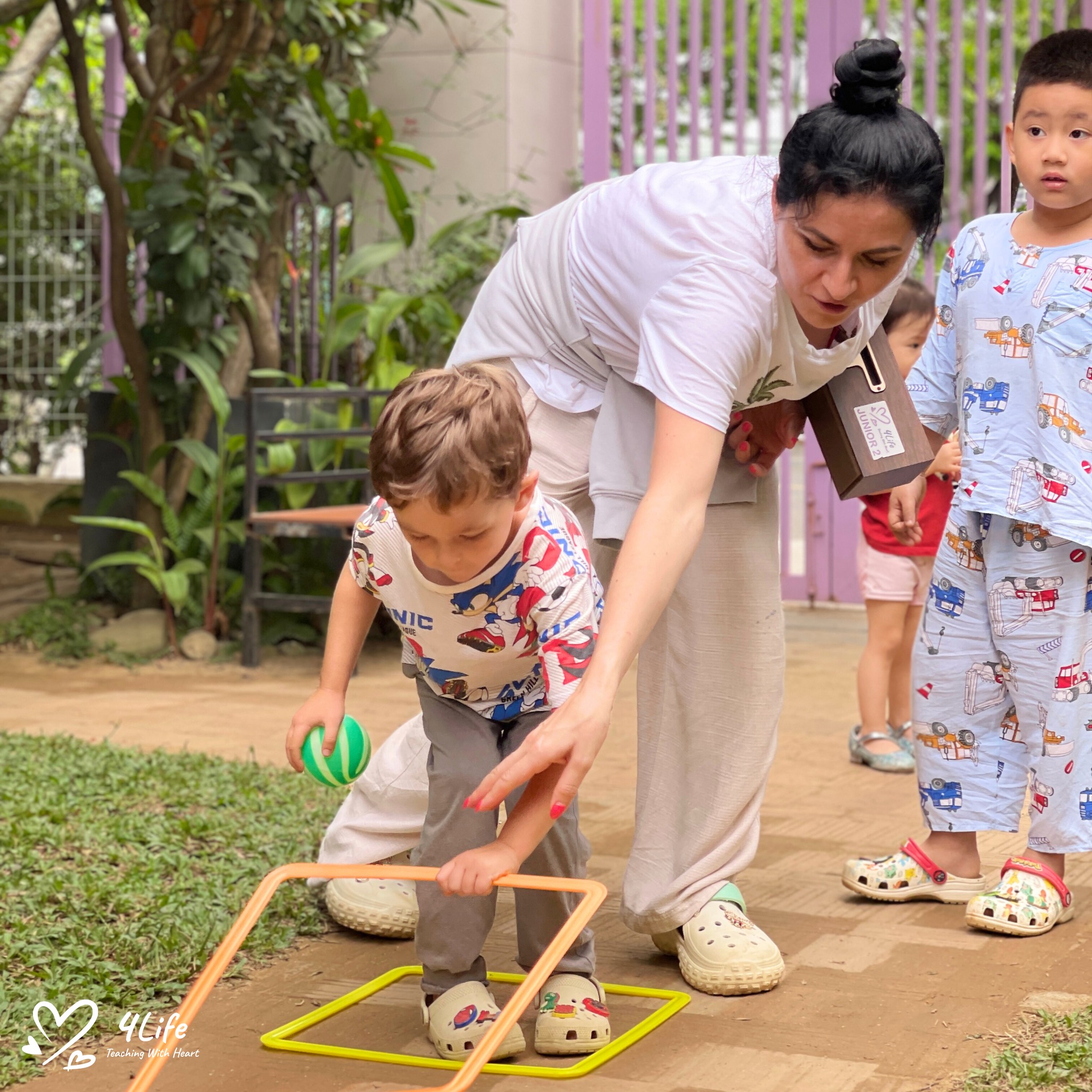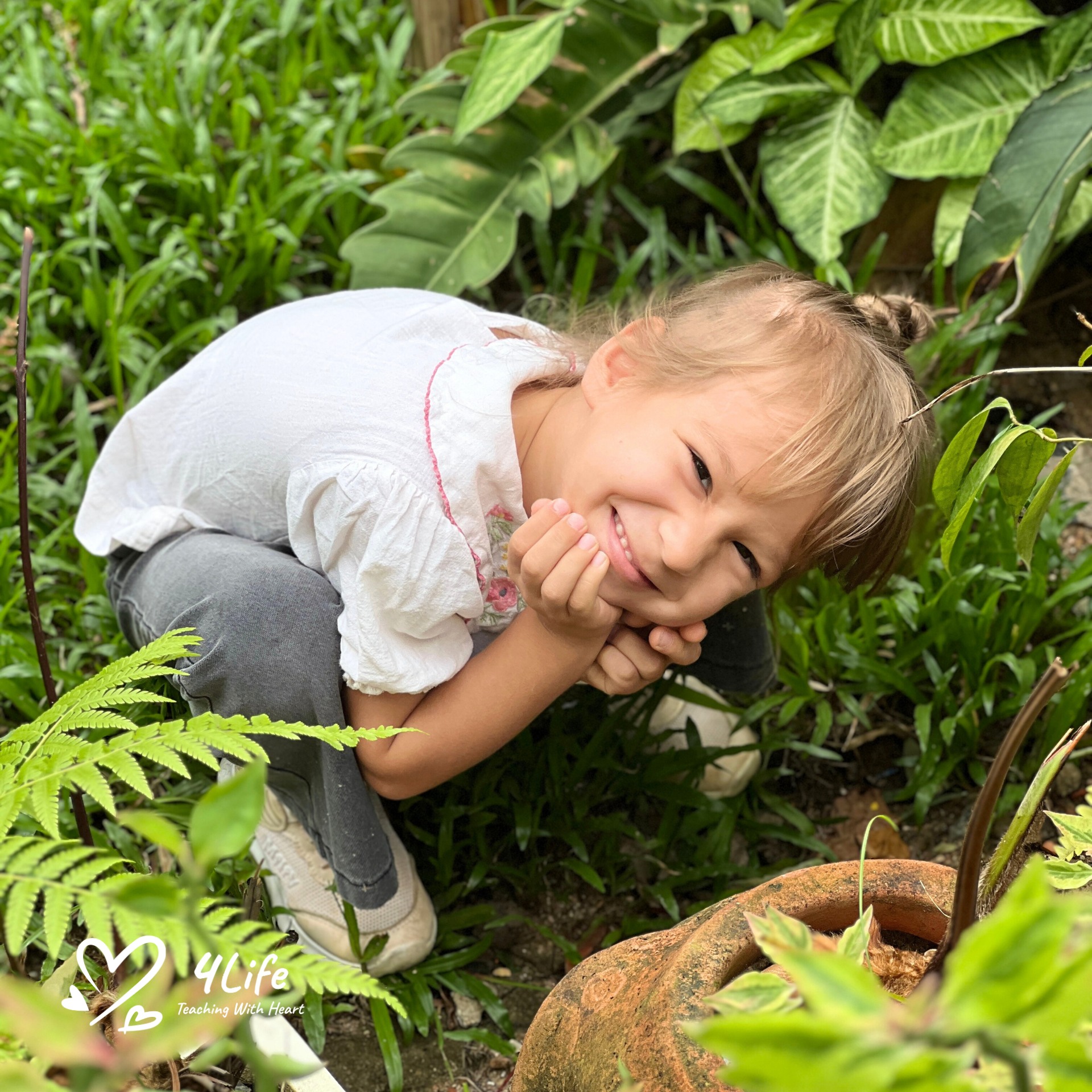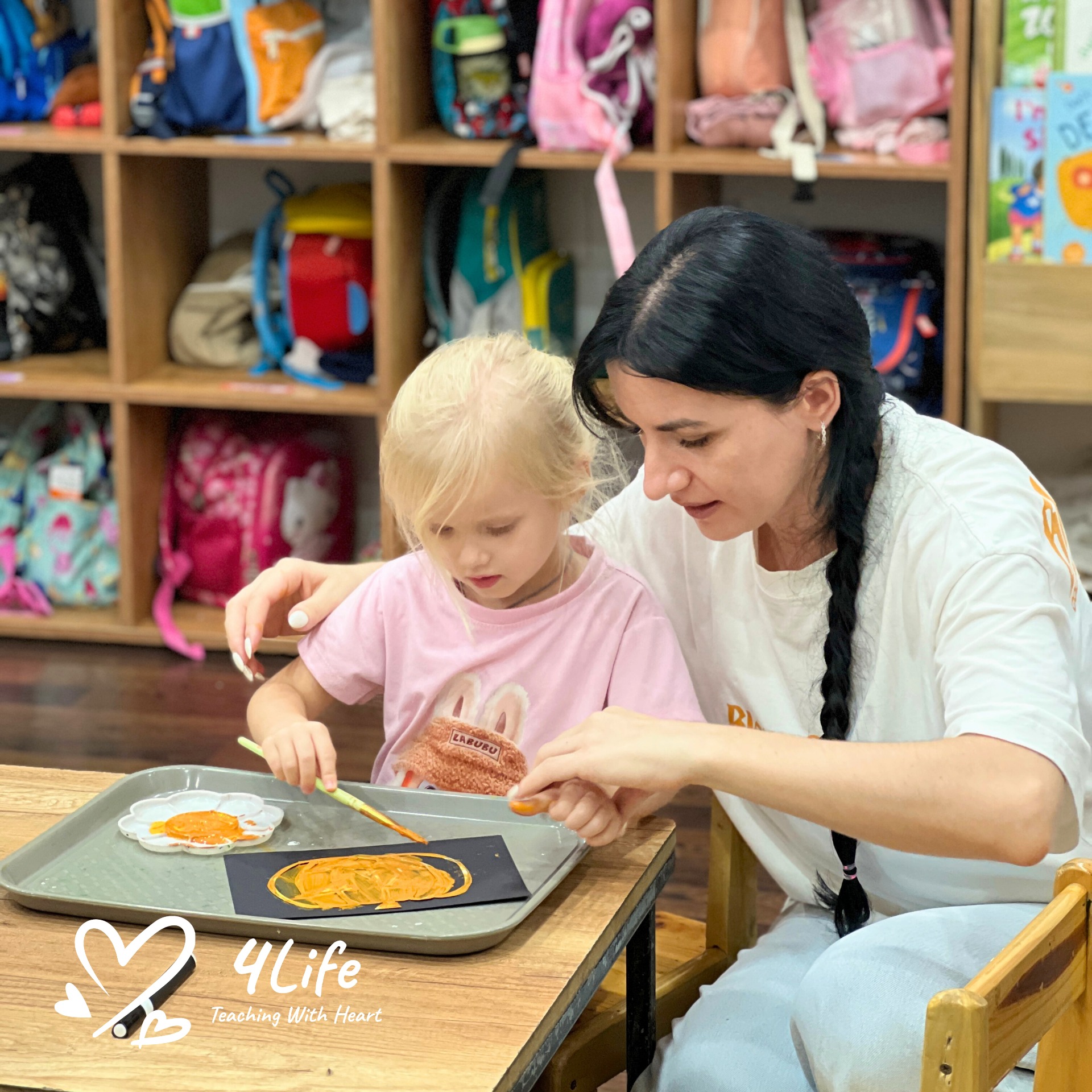A positive approach to disciplining children is about teaching, not punishing. With empathy, guidance, and consistency, you can raise a child who understands limits, respects others, and feels confident to make good choices. Let’s find out with 4Life Education how positive discipline can nurture responsibility and independence from the earliest years.
Rethinking discipline as a way to teach
Many parents assume that discipline equals punishment. But in truth, discipline comes from the Latin word disciplina, meaning instruction or teaching. When children push boundaries or act out, they’re not trying to misbehave on purpose. Often, they’re expressing emotions they don’t yet know how to manage. This is a chance – not to scold – but to guide.

A Positive Approach to Disciplining Children
Young children especially are still learning the social and emotional rules of daily life. When they test limits, it’s not always defiance. It’s often a way of checking, “Is this safe? Do you mean what you say? Are you really here for me?” Responding with clarity and calm helps them learn that rules exist to keep everyone safe and respected.
Establishing clear and simple ground rules
One of the best ways to approach discipline is by setting consistent, reasonable, and clear family ground rules. Children thrive when they know what is expected of them—and when the rules are consistent across time and caregivers.
Rather than creating dozens of specific rules, consider just a few core principles that guide behavior in every setting. In a Montessori-inspired home, these may look like:
– Treat everyone with respect
– Return things to where they belong
– Clean up after yourself
– Tell the truth and own your mistakes
Instead of saying, “Don’t do that,” try, “Here’s how we do it in our family.” For example:
Instead of “Don’t run inside,” say, “We walk indoors to keep everyone safe.”
Instead of “Stop yelling,” say, “Use a calm voice when you need help.”
These rules should be posted somewhere visible. Refer to them consistently—and model them yourself. Children learn more from what we do than what we say.
Teaching instead of punishing
When your child breaks a rule or behaves inappropriately, resist the urge to punish. Instead, use it as a teaching moment.
Try the following strategies:
– Redirect: Gently guide your child toward a more appropriate choice.
– Remind: Refer to your family’s ground rules with a calm, firm tone.
– Reteach: If the moment isn’t emotionally charged, show them again how to handle the situation.

Teaching instead of punishing
Avoid raising your voice, using sarcasm, or asking rhetorical questions like, “How many times do I have to tell you?” These approaches rarely lead to understanding. Instead, keep the tone respectful and encouraging – even when firm.
The goal is not to win a battle. It’s to help your child internalize the values that guide your family.
Be consistent with your expectations
If you can’t consistently enforce a rule, reconsider whether it should be a rule at all. Children need consistency to feel safe. When rules change based on your mood or convenience, it confuses them and weakens their sense of structure.
It’s better to have three or four meaningful ground rules that everyone follows than twenty that get ignored. And remember to praise and acknowledge your child when they’re doing the right thing – even in small steps. “I noticed you put your toys away without being asked. That was really responsible of you.”
Reducing power struggles
Sooner or later, every child will say “No!” – loudly and stubbornly. Power struggles are a natural part of development. Children are learning independence and want some control over their lives. But when both parent and child are locked in a tug-of-war, no one wins.

Reducing power struggles
Instead of fighting for control, shift the tone of the interaction. Offer choices within boundaries:
– “Would you like to put on the red shirt or the blue one?”
– “Do you want to brush your teeth first or change clothes first?”
Giving small but meaningful choices can restore a sense of autonomy and avoid a battle.
Another tip is to reserve “no” for situations that truly matter – when safety or well-being is at stake. Overusing “no” leads to resistance and frustration. When possible, reframe your language or redirect with alternatives.
Fostering respect and connection
Respect is not a one-way street. Children deserve the same level of kindness and courtesy that we expect from them. As Robert Heinlein once said, “Kindness and courtesy are even more important between husbands and wives, and parents and children, than between total strangers.”

A Positive Approach to Disciplining Children
Positive discipline is built on this foundation. It means listening, validating your child’s feelings, and explaining why rules exist. When children feel heard, they are far more likely to listen in return.
It also helps to offer empathy in tough moments:
“I know you don’t want to leave the playground. It’s hard to stop playing. We’ll come back another day.”
Empathy doesn’t mean giving in – it means helping your child feel understood while staying firm on the limit.
Creating a peaceful home environment
Tantrums and defiance often arise from unmet needs – sleep, food, connection, or a sense of control. If your child has had multiple meltdowns, ask yourself:
– Has she eaten recently?
– Is she tired or overstimulated?
– Has she had enough one-on-one attention from you today?
Being proactive can reduce behavioral issues before they begin. Predictable routines, regular family time, and calm transitions all help children feel more secure and cooperative.
Teaching alternatives to misbehavior
Instead of focusing on what not to do, show your child what to do. If your child grabs a toy from a friend, teach her how to ask for a turn. If your child yells, show her how to express frustration with words.
Children need repeated, hands-on guidance in these areas – just like learning to tie their shoes or use a fork. Stay patient. Offer lots of modeling, practice, and encouragement.
Also, remember to celebrate progress. “You used your words instead of yelling. That was a great choice.” Reinforcing positive behavior is often more powerful than correcting negative behavior.
Strategies to reduce saying “no”
Sometimes it feels like all we do is say “no.” But with a little creativity, we can reduce resistance while still holding boundaries. Try these ideas:
– Offer choices: “Do you want to hop to the bath or walk like a dinosaur?”
– Explain why: “We can’t run here because it’s slippery.”
– Teach respectful refusal: Help your child say “no” in a polite way: “I don’t feel like playing right now.”
– Back down gracefully: If you realize you’ve overreacted, it’s okay to say, “You’re right, let’s think of another way.”
– Avoid unnecessary rules: Save “no” for moments that truly matter. Children are more likely to respect limits when they’re clear and consistent.
Encouraging independence and responsibility

Encouraging independence and responsibility
Children who feel trusted and capable are more likely to cooperate. Look for age-appropriate ways to involve your child in daily life:
– Let your toddler help set the table
– Ask your preschooler to choose her own clothes
– Invite your child to help water plants or feed a pet
These small tasks give your child a sense of purpose and responsibility – and reduce the need for discipline by keeping her engaged in meaningful work.
A positive approach to disciplining children isn’t about being permissive – it’s about guiding with empathy, clarity, and respect. By setting clear expectations, teaching rather than punishing, and offering connection alongside correction, you lay the foundation for lasting cooperation and mutual trust.








0 Comments